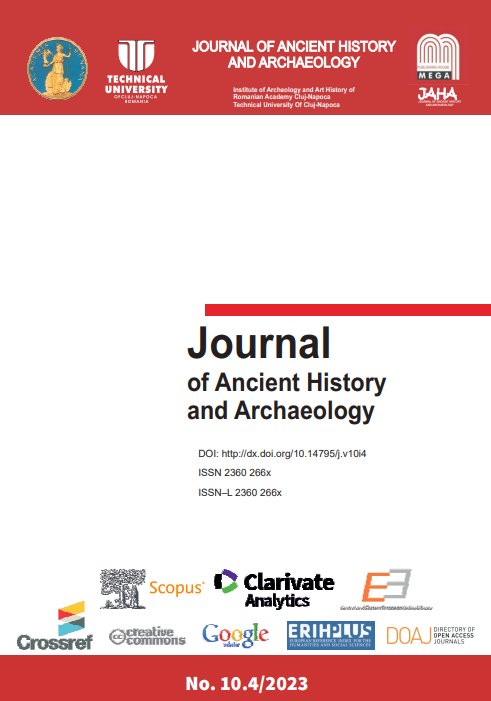APPLICATION OF MORAN’S I STATISTICS IN SPATIAL ANALYSIS OF ARCHAEOLOGICAL SITES OF THE SARFIROUZABAD PLAIN, CENTRAL ZAGROS, IRAN
APPLICATION OF MORAN’S I STATISTICS IN SPATIAL ANALYSIS OF ARCHAEOLOGICAL SITES OF THE SARFIROUZABAD PLAIN, CENTRAL ZAGROS, IRAN
Author(s): Mohsen HEYDARI DASTENAEI, Kamal Aldin NiknamiSubject(s): History, Archaeology, Local History / Microhistory, Ancient World
Published by: Editura Mega Print SRL
Keywords: Environmental factors; chalcolithic sites; Moran’s I; Sarfirouzabad plain; Central Zagros; Iran;
Summary/Abstract: The emergence of human settlements has always been based on natural factors; Factors such as altitude, water resources, communication routes, slope, temperature, and rainfall are the natural etiologies affecting the distribution of human settlements, which of course, some of them play a more effective role in this regard. This study investigates the correlation between the chalcolithic sites of Sarfirouzabad plain and environmental factors according to natural criteria. Sarfirouzabad plain is one of the environs of Firouzabad district, located 35 km southeast of Kermanshah province, along the natural plain of Mahidasht. This plain is extended to the southern and southeastern parts of Mahidasht in terms of natural geography. Six natural variables as affective factors in the establishment of settlements include altitude, distance from rivers and roads, the extent and continuity of periods of the sites, and position in the plains or mountainsides being selected and have been analyzed by using statistical methods and Moran I regional area index by GIS. Exploratory spatial data analysis is a method for studying random and non-random spatial distribution patterns of these variables, and spatial autocorrelation is one of the most practical and substantial analytical tools for research on spatial data. The results show that the archaeological sites are formed in connection with each other in addition to environmental factors. The spatial distribution of the archaeological sites in the area of research is cluster type. Based on hotspot analyses, past humans may have chosen to settle in two regions, namely the plain floor and the southern margin of the Sarfirouzabad plain, to adapt to their environment. These two types of settlements are indicative of two lifestyles and livelihoods.
Journal: Journal of Ancient History and Archaeology
- Issue Year: 10/2023
- Issue No: 4
- Page Range: 41-54
- Page Count: 14
- Language: English

